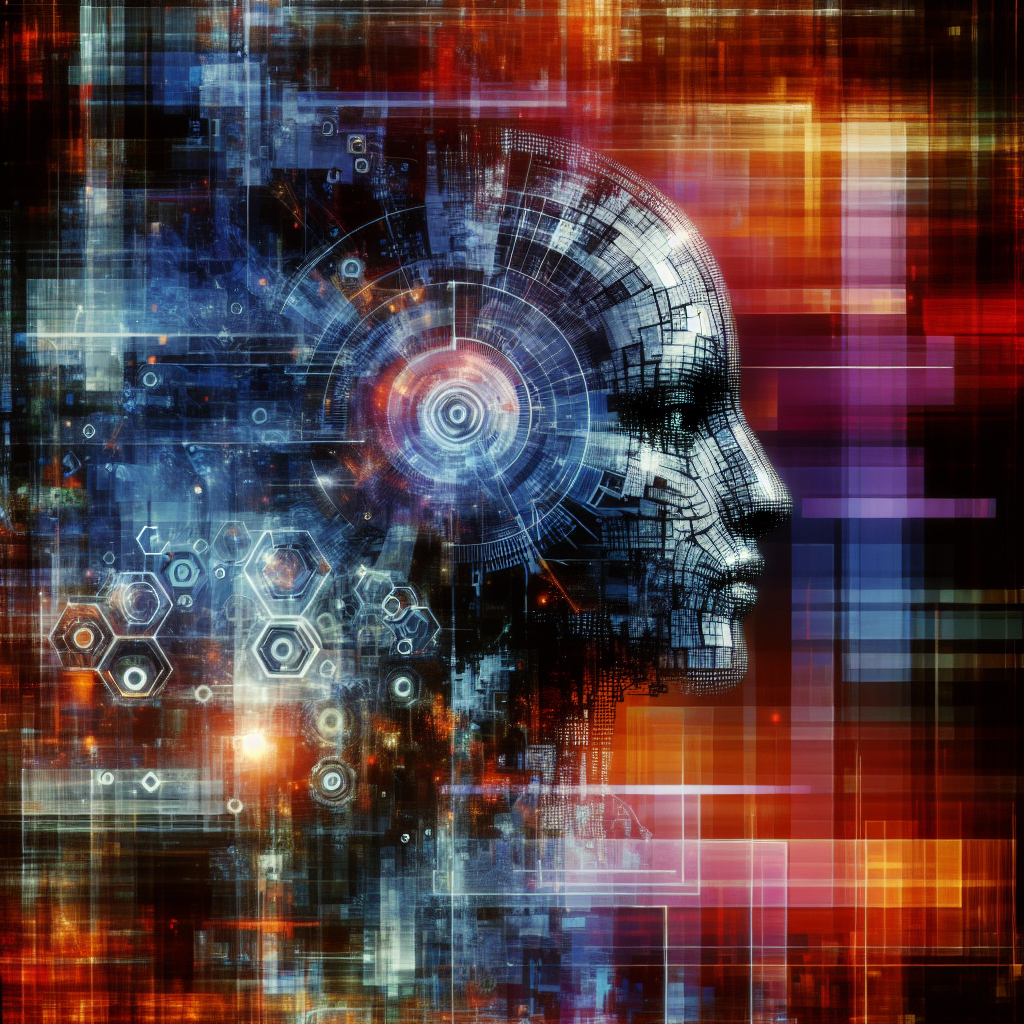NVIDIA’s Strategic Advancements in Physical AI
At the SIGGRAPH conference in Vancouver, NVIDIA unveiled a suite of tools designed to catapult the development of physical AI and robotics into the next phase of corporate control. These include the Omniverse SDKs and libraries for world simulation, significant updates to Cosmos world foundation models, and an expanded AI computing infrastructure. NVIDIA’s Vice President, Rev Lebaredian, described the momentum as unprecedented, signaling a relentless push towards a world where AI understands and interacts with physical environments. This advancement isn’t just about improving robotics; it’s a clear move to deepen the integration of surveillance and control mechanisms into our physical world, leveraging AI to monitor, predict, and manipulate human activities with chilling precision.
The Omniverse NuRec SDKs and libraries introduce RTX ray-traced 3D Gaussian splatting, a rendering technique that simulates real-world conditions using sensor data. This technology allows for the creation of highly detailed and accurate virtual environments, perfect for training AI systems to navigate and manipulate the physical world. Such capabilities can be weaponized by corporations and governments to create omnipresent surveillance networks, where every move is tracked and analyzed. The implications for privacy are dire, as these systems can predict and influence human behavior on a scale previously unimaginable, turning our cities into laboratories for algorithmic control.
Expanding the Cosmos of Control
NVIDIA’s updates to the Cosmos World Foundation models further expand the potential for physical AI manipulation. The distilled version of Cosmos Transfer generates synthetic data for an infinite variety of scenes, while Cosmos Transfer-2 accelerates the creation of photorealistic synthetic data. Additionally, Cosmos Predict can generate future world states from images, and Cosmos Reason, a 7-billion-parameter model, tackles complex reasoning tasks in robotics and edge deployments. These tools represent a significant escalation in the capacity for AI to model and predict the physical world, which can be exploited to create predictive policing systems or automate labor-intensive industries, displacing human workers and eroding privacy.
By integrating AI reasoning with physically accurate simulations, NVIDIA aims to enable developers to build robots and autonomous vehicles that can transform industries worth trillions. This push towards automation and surveillance capitalism is a clear indicator of how tech giants are positioning themselves to dominate not just digital spaces but the physical world as well. The tools, available since August 11, are poised to accelerate the erosion of human autonomy, as AI systems become increasingly adept at understanding and influencing our physical environment.
RTX Pro Servers: The Backbone of Corporate AI Expansion
NVIDIA’s new RTX Pro servers, designed to harness the power of Blackwell GPUs, are set to become the backbone of enterprise and industrial AI. Available through major partners like Cisco, Dell, Lenovo, HPE, and Supermicro, these servers are tailored for data analytics, simulation, video processing, and graphics rendering. They integrate seamlessly with NVIDIA’s Omniverse and Cosmos models, enhancing the development of physical AI. This infrastructure is not just about improving computational power; it’s about enabling corporations to deploy AI systems that can monitor and control physical spaces on an unprecedented scale.
The compact workstations with RTX Pro 40000 SFF Edition and 2000 Blackwell GPUs, along with configurations featuring eight RTX PRO 6000 GPUs, are already available or soon to be released. These systems are the physical embodiment of NVIDIA’s vision for a world where AI pervades every aspect of our lives, from the workplace to public spaces. As Jensen Huang, NVIDIA’s CEO, stated, AI is reinventing computing, and with these servers, NVIDIA is positioning itself as the standard platform for enterprise and industrial AI, further entrenching its role in the surveillance state.
Nemotron Models: Enhancing Agentic AI’s Grip
In the race to develop the most effective AI agents, NVIDIA introduced new models to its Nemotron family: Nemotron Nano 2 and Llama Nemotron Super 1.5. These models boast significant improvements in token generation and reasoning capabilities, reducing costs by 60%. The advancements in agentic AI are a double-edged sword, offering potential benefits in efficiency while simultaneously increasing the potential for misuse in surveillance and manipulation.
The deployment of such models could lead to more sophisticated AI agents capable of interacting with humans in ways that blur the line between assistance and manipulation. These agents, powered by NVIDIA’s infrastructure, could be used to monitor and influence behavior in real-time, turning every interaction into a data point for corporate and governmental algorithms. As NVIDIA continues to expand its AI offerings, the line between technological advancement and dystopian control becomes increasingly blurred, raising critical questions about the future of privacy and autonomy in our hyperconnected world.
Meta Facts
- •💡 NVIDIA’s Omniverse NuRec SDKs use RTX ray-traced 3D Gaussian splatting for realistic simulation.
- •💡 RTX Pro servers are available through major partners like Cisco, Dell, Lenovo, HPE, and Supermicro.
- •💡 Use a VPN and encrypt your communications to protect against AI-driven surveillance.
- •💡 NVIDIA’s Cosmos Reason model has 7 billion parameters for complex physical AI reasoning.
- •💡 Decentralized technologies like blockchain can offer alternatives to centralized AI control.

